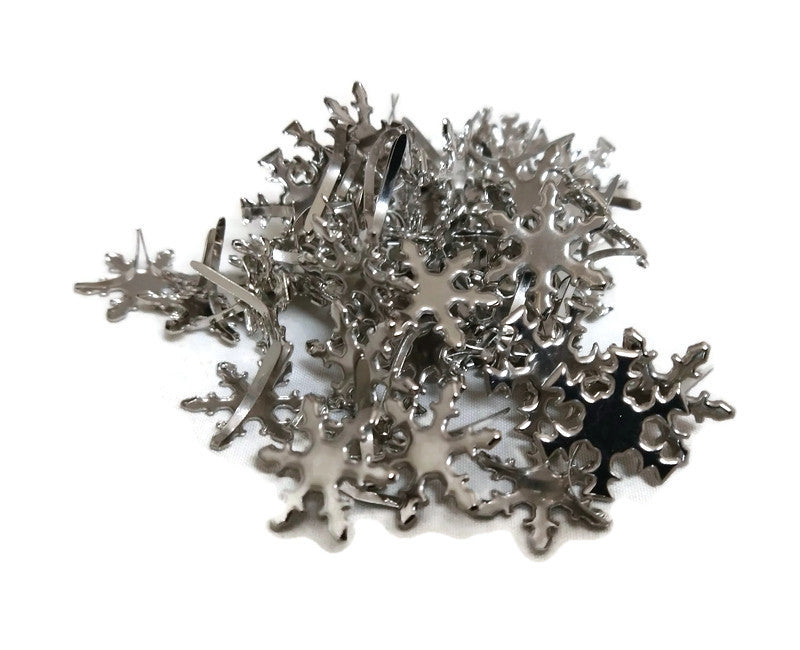
Processing and Properties of Plastic Lumber
Plastic residue can be processed into composites using wood flour, mineral fillers, plant or synthetic fibers to obtain plastic lumber, a substitute material for natural wood. The composition and processing conditions are largely responsible for the final characteristics of the plastic lumber. Factors such as density, particle size and moisture content in the material to be processed require extruders with specific technical characteristics, in order to reduce the residence time of the plastic inside the equipment, maintain a constant feed rate and ensure good degassing and homogenization of the components. The composites can be manufactured using single-screw, co- or counter-rotating conical or parallel twin-screw extruders. Plastic lumber exhibits different physical and mechanical properties from natural wood, including lower stiffness (elastic modulus) and superior weathering resistance.
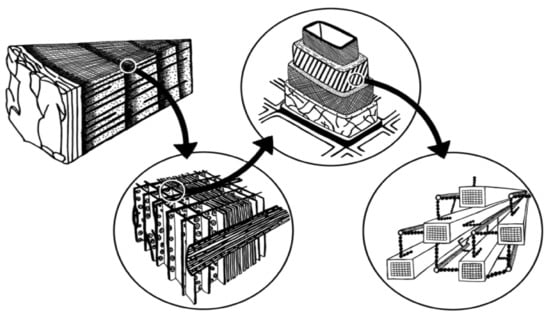
Polymers, Free Full-Text
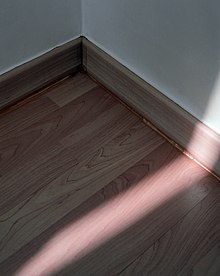
Plastic lumber - Wikipedia

Wood - Treatments, Structure, Properties
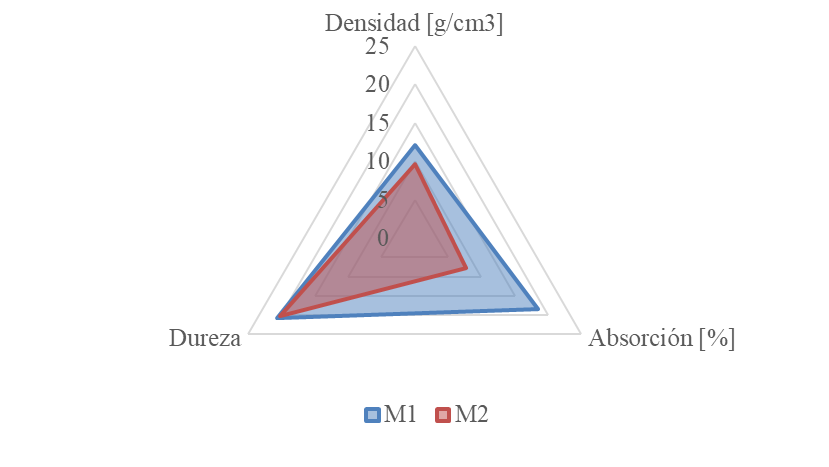
Propiedades físicas y mecánicas de reciclados de plásticos producidos en Ecuador como material de construcción

Recycled Plastic Lumber

Specific modulus of elasticity of various wood species and

Performance Analysis of CFS Encased Recycled Plastic Laminate Beam
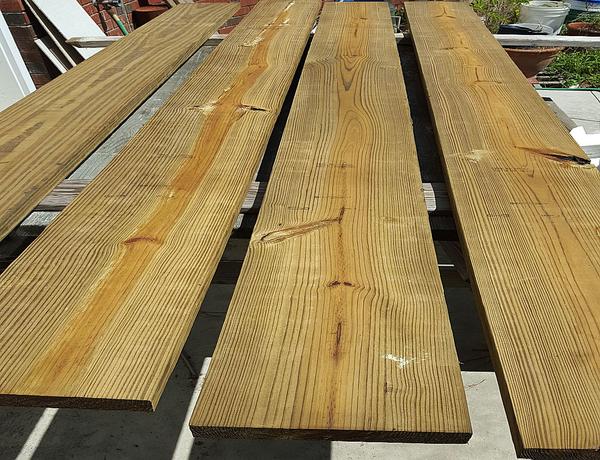
Construction Materials, Furnishings, and Landscaping Goods

Prospective evaluation of circular economy practices within plastic packaging value chain through optimization of life cycle impacts and circularity - ScienceDirect
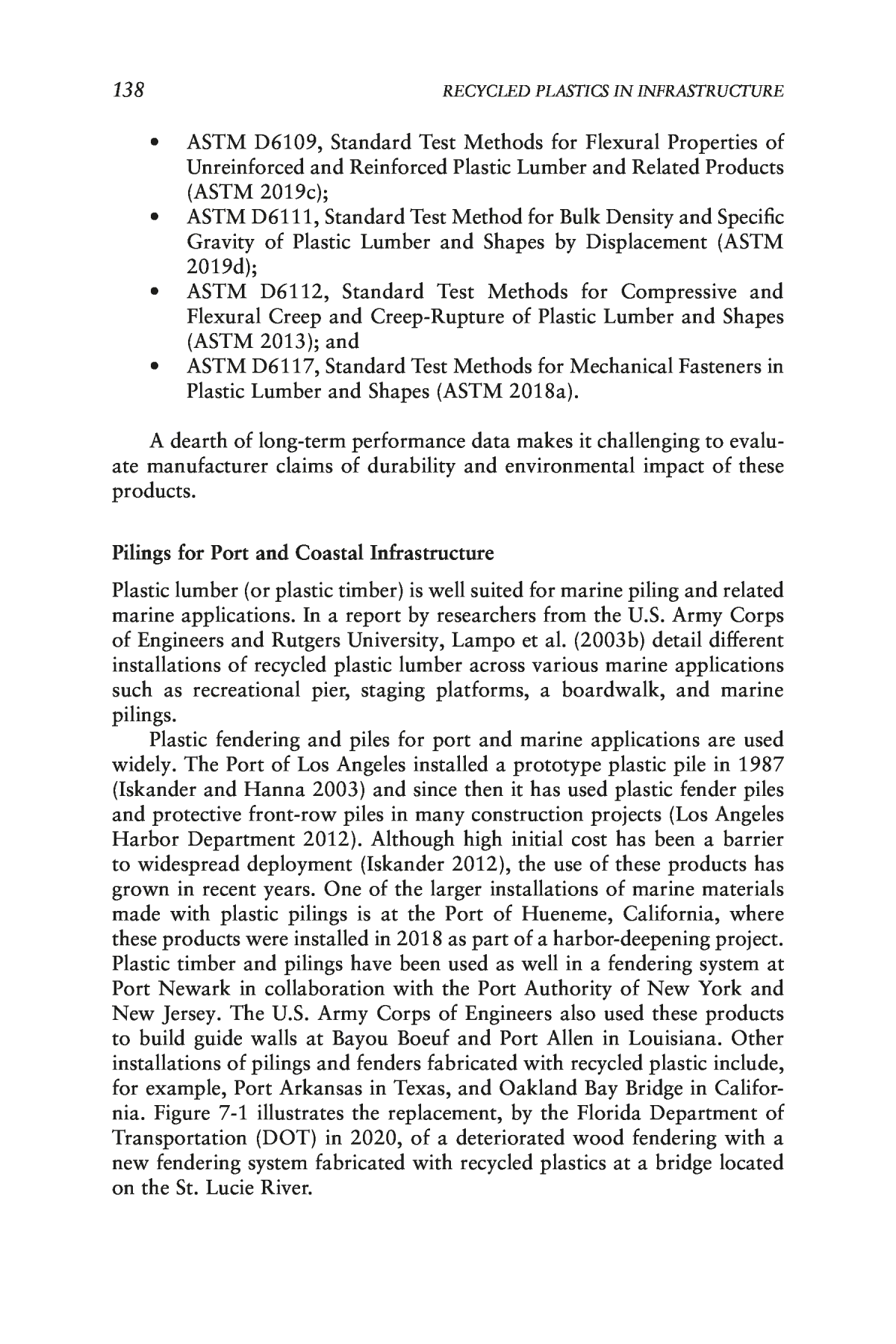
7 Applications of Recycled Plastics in Other Infrastructure, Recycled Plastics in Infrastructure: Current Practices, Understanding, and Opportunities
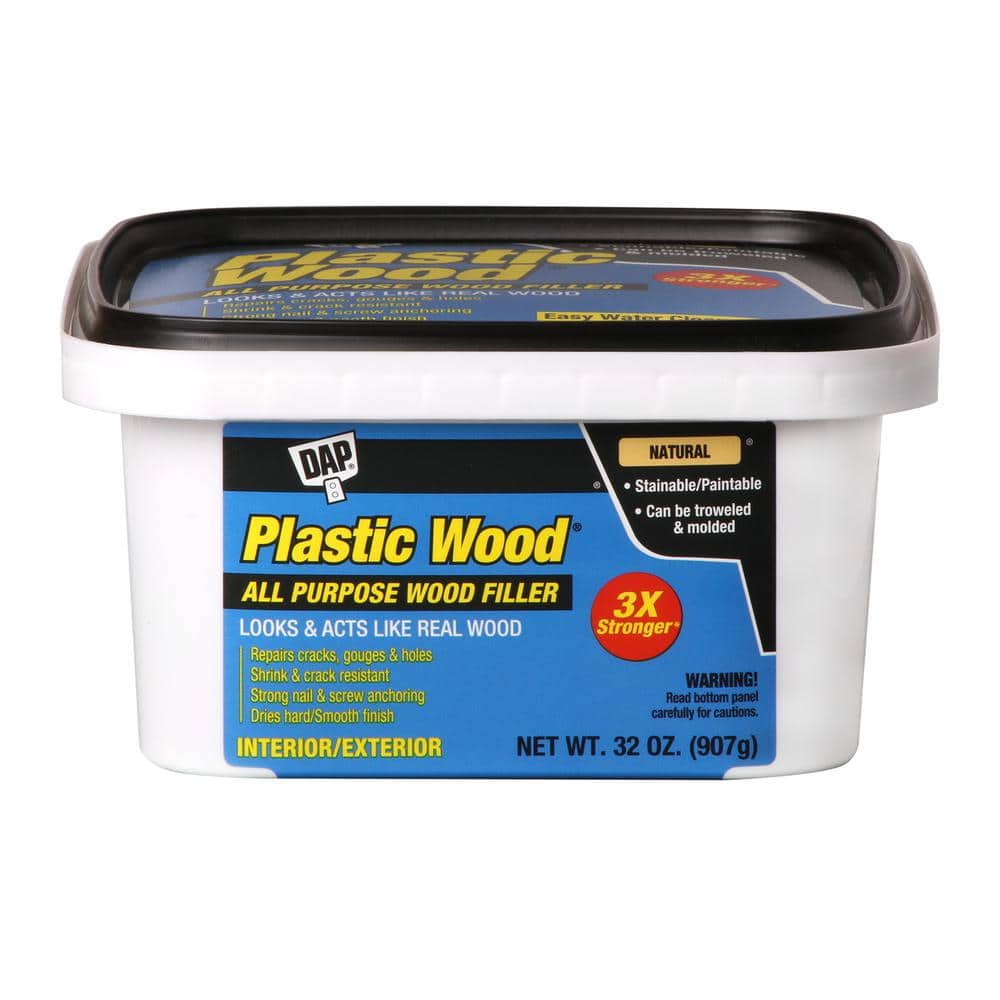
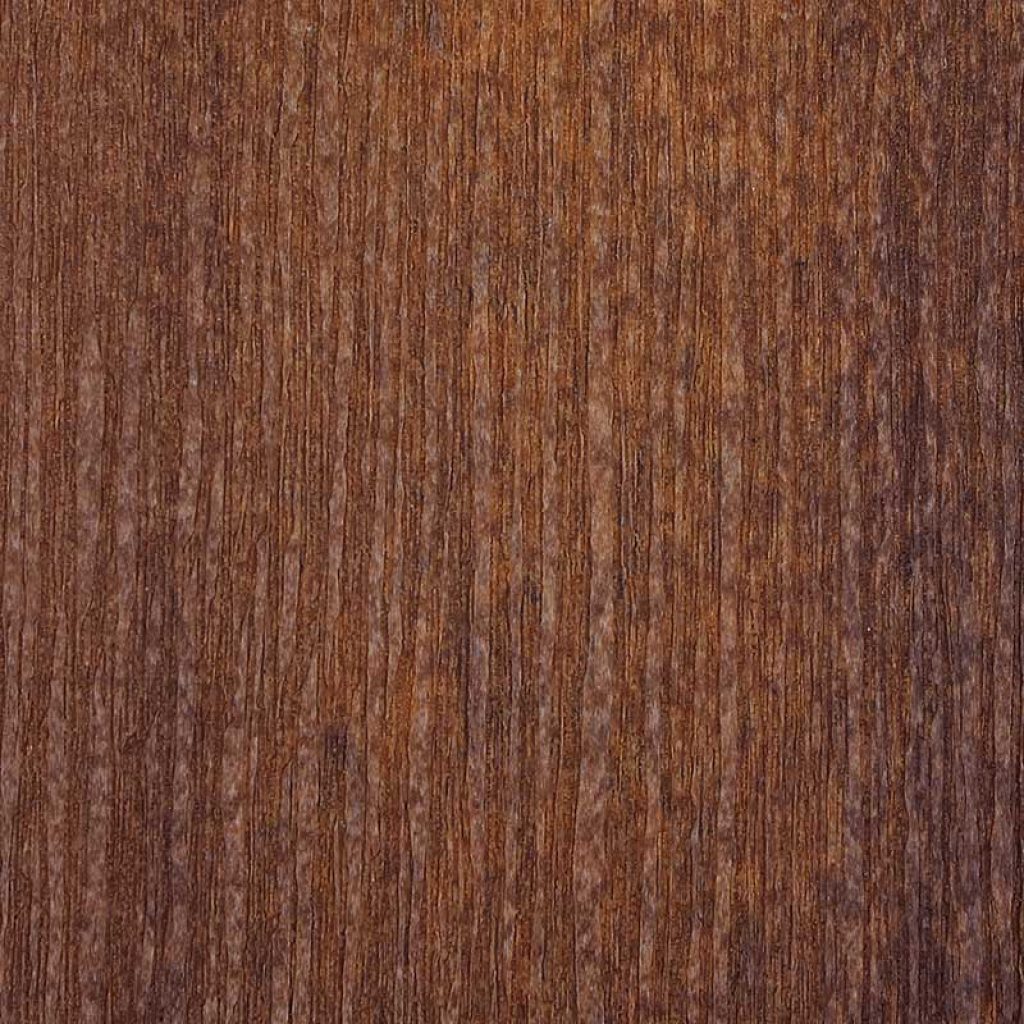

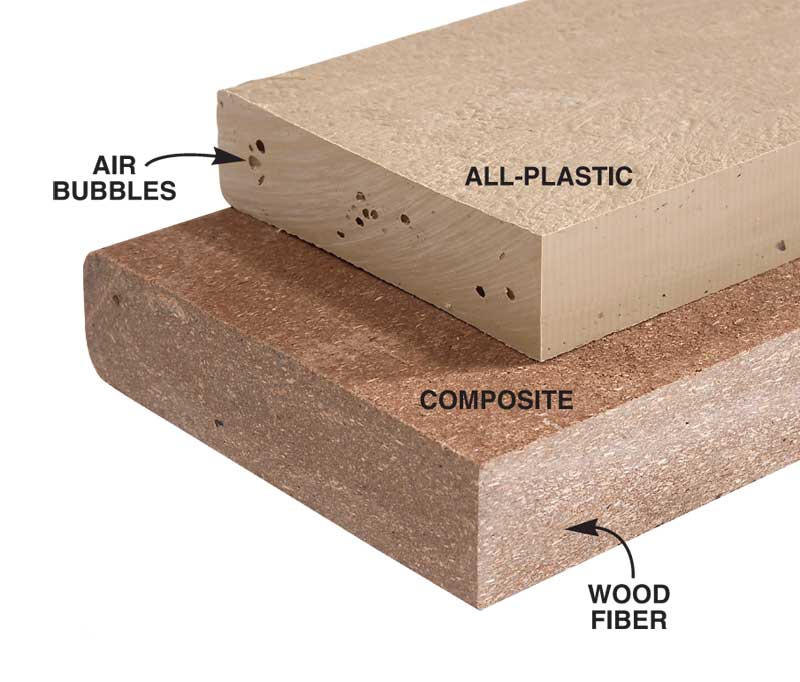

:max_bytes(150000):strip_icc()/bhg-stud-finders-test-mecurate-wall-scanner-amazon-hwortock-184-8c2abb9fd2f04e80ad9b974940a390ea.jpg)

